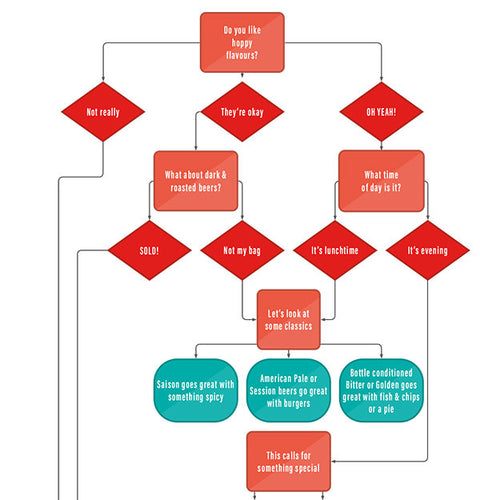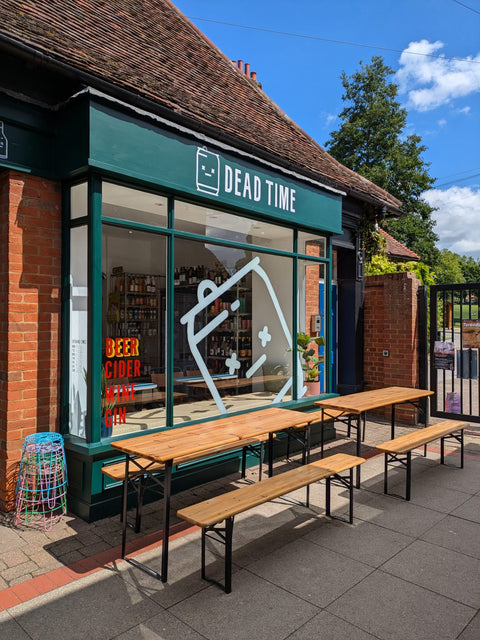Beer Jargon Buster
Essentially ABV is a measure of the amount of pure alcohol as a percentage of the total volume of liquid in a drink. For example, wine that says “12% ABV” or “alcohol volume 12%” means that 12% of the volume of that drink is pure alcohol. All alcoholic drinks have to print this on their packaging, including some soft drinks (these normally state “0.5% ABV”, which is the maximum a drink can be and described as “Alcohol-Free”
Some beers, like stouts and sours will benefit from being stored in old wine and spirit barrels to impart some of the flavours of the previous liquid. It’s rarely done with pale ales or IPA’s though as storing these beers for a long time will get rid of any hoppy flavours.
Cryogenically Frozen Hops, which forms a powder made up of lupulin (the thing that gives hop their bitterness). This process generates twice the amount of bitterness than in traditional whole hops.
Short for Brettanomyces, a naturally occurring yeast. Give off funky sour-esque flavours and tend to leave a very dry aftertaste. A wonderful thing for beer, a terrible thing in wine.
Annoyingly some breweries will use a couple of different definitions for this! A double dry-hopped version can mean adding double the hops at the same time you would with a single hopped beer, or some brewers split it up, doing a first charge that’s the same amount of hops as the base recipe, and adding a second charge later on.
What it says on the tin! These beers will not get better with age and will only get less hoppy or vibrant the long they are kept.
This is the blend of different cereals or malts used to create the beer. Some beers will state that they are an ‘Oatmeal Pale’ or ‘Rye IPA’, this means a significant amount of the Grist will be made up of that particular grain.
A scale invented to let you know how bitter tasting beer will be. It ranges from 0 (no bitterness) – 100 (the most humans can taste). American breweries tend to print the IBU on the side of the can or bottle, some British and European breweries do state it, but they’re not forced to print it.
Signifies that a beer is (generally) going to be stronger than 7.5% ABV.
Beer tends to be made up of a blend of different hops, and these are used at different points during the brewing process. When a beer states that it is Single Hopped, it means they’ve generally used only one type of hop during the brew. Some breweries keep what hops (and the style or amount of them) a closely guarded secret, others will freely let you know on the packing or if you ask them.


